Projects
Explore All
Electronics Project.
Discover a World of
Innovative Electronics
and Coding Projects.


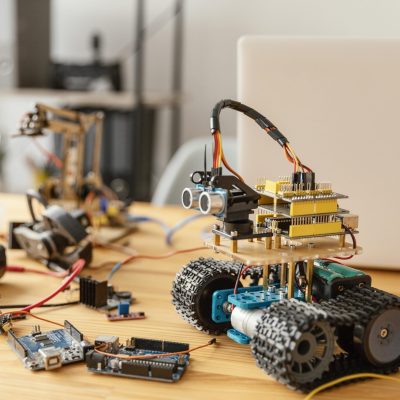

Students Successfully
Completed Their Projects
Dive into a curated collection of hands-on projects designed to inspire creativity, sharpen your skills, and bring your ideas to life with code and circuits.
Number of Projects
Success Rate
Average Course Rating
Recent
Projects
Newly Added Projects
to Spark Your Creativity

Traditional security systems (e.g., cameras, motion sensors) often fail to detect intrusions in dark or confined spaces. Unauthorized access to restricted areas (e.g., server rooms, warehouses, labs) risks theft, sabotage, or data breaches.
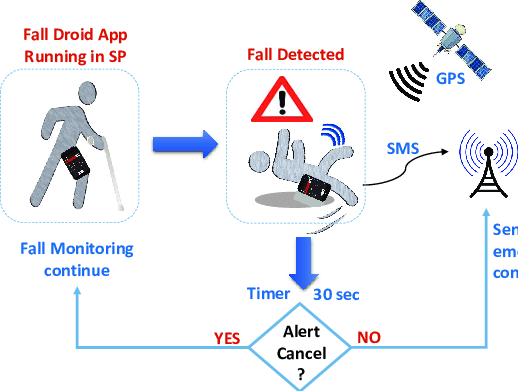
Falls in elderly care homes, construction sites, or mining operations often go unnoticed for hours, leading to severe injuries or fatalities. In high-risk environments, workers may collapse due to heatstroke, fatigue, or equipment malfunctions.

Falls are a leading cause of injury in elderly patients, especially in hospitals or assisted living facilities. Delayed response to falls can result in severe injuries, prolonged recovery, or fatalities.

Greenhouses require precise control of temperature, humidity, and ventilation to optimize plant growth. Manual adjustments are error-prone, leading to overheating, mold growth, or inefficient energy use.
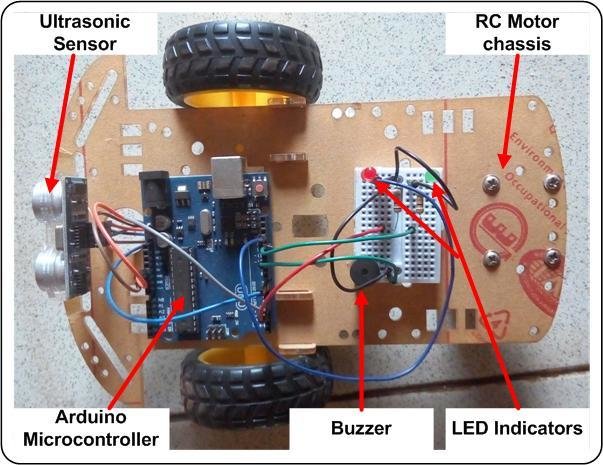
In industrial zones, warehouses, and crowded parking areas, vehicle-pedestrian collisions are a leading cause of injury and fatality. Blind spots, noise, and human error make it difficult for drivers to detect nearby pedestrians or obstacles, especially in low-visibility conditions (e.g., fog, darkness).
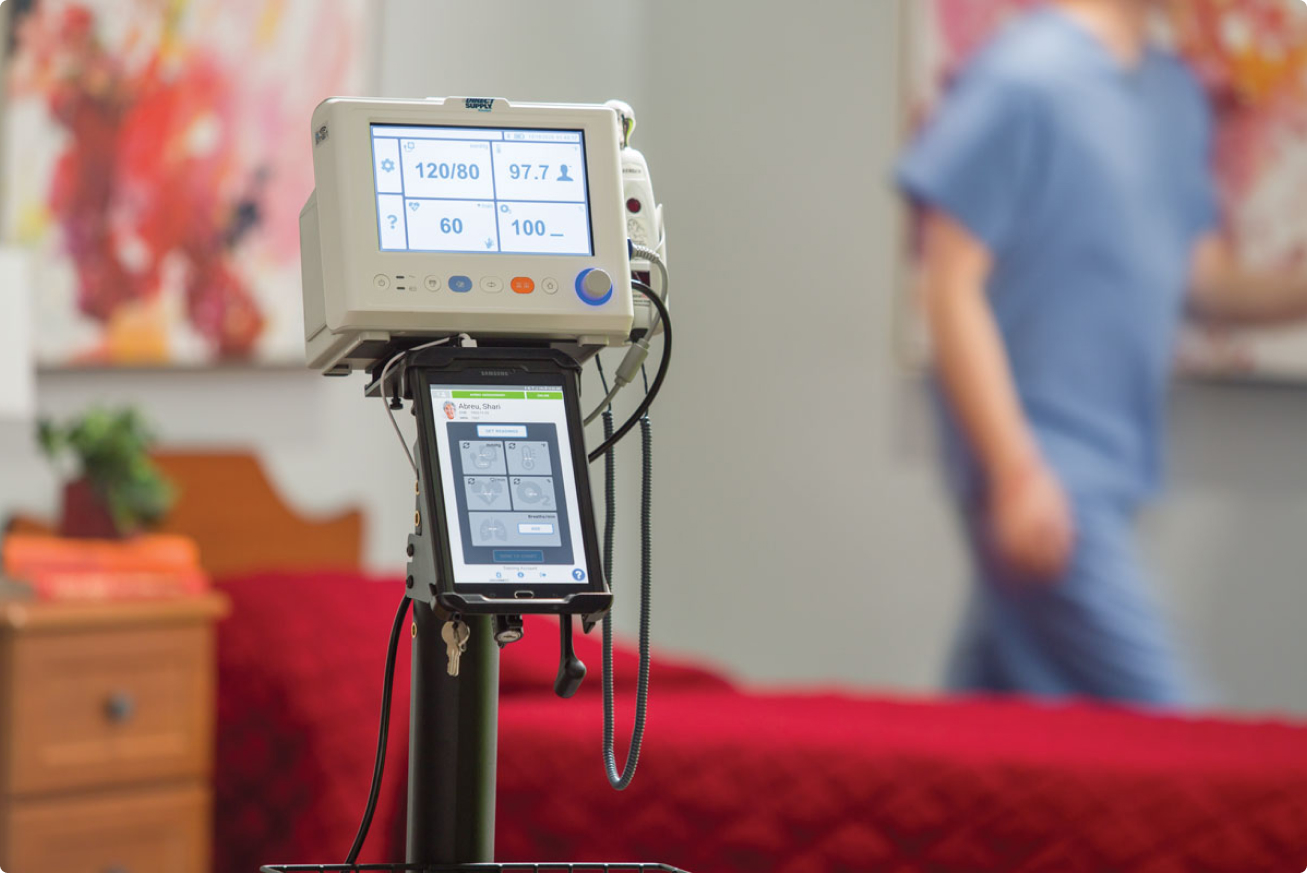
In healthcare settings, continuous monitoring of patients’ vital signs (heart rate, blood oxygen, temperature, humidity) is critical for early detection of complications. Manual checks are time-consuming, error-prone, and cannot provide real-time data, especially in resource-limited environments.
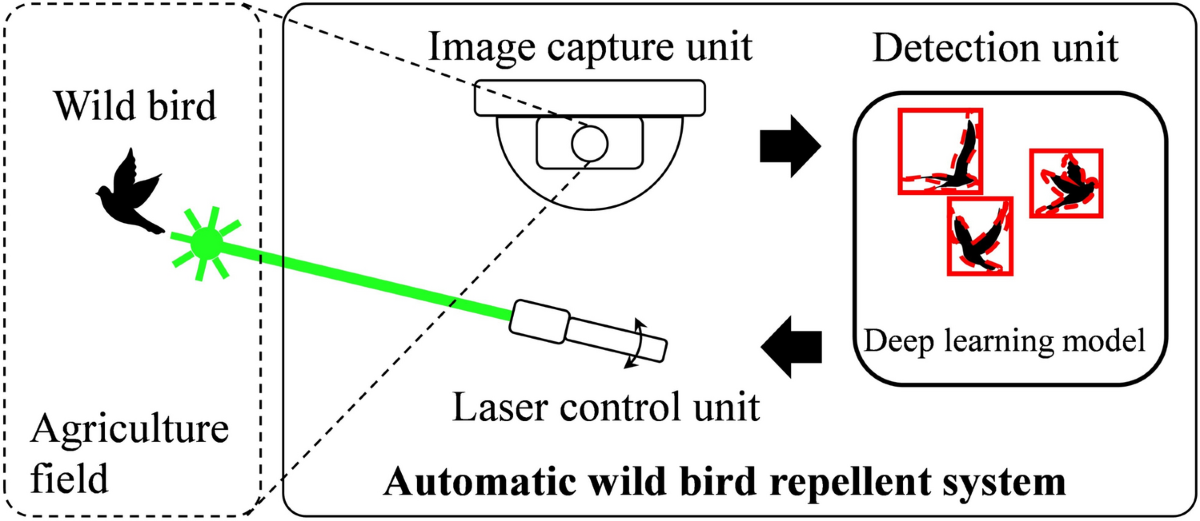
Pests (e.g., rodents, birds, insects) destroy crops, leading to significant yield losses. Traditional methods like pesticides harm ecosystems, while manual scare tactics are labor-intensive and ineffective.
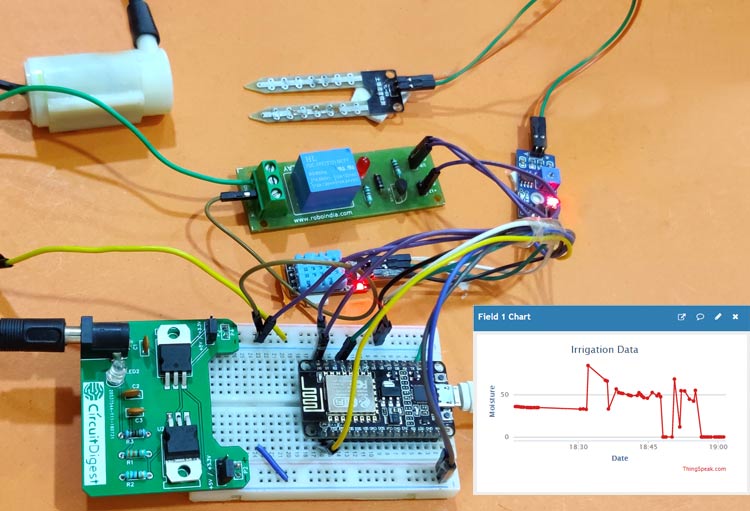
Over 50% of agricultural water is wasted due to inefficient irrigation practices, leading to groundwater depletion, crop loss, and financial strain on farmers.
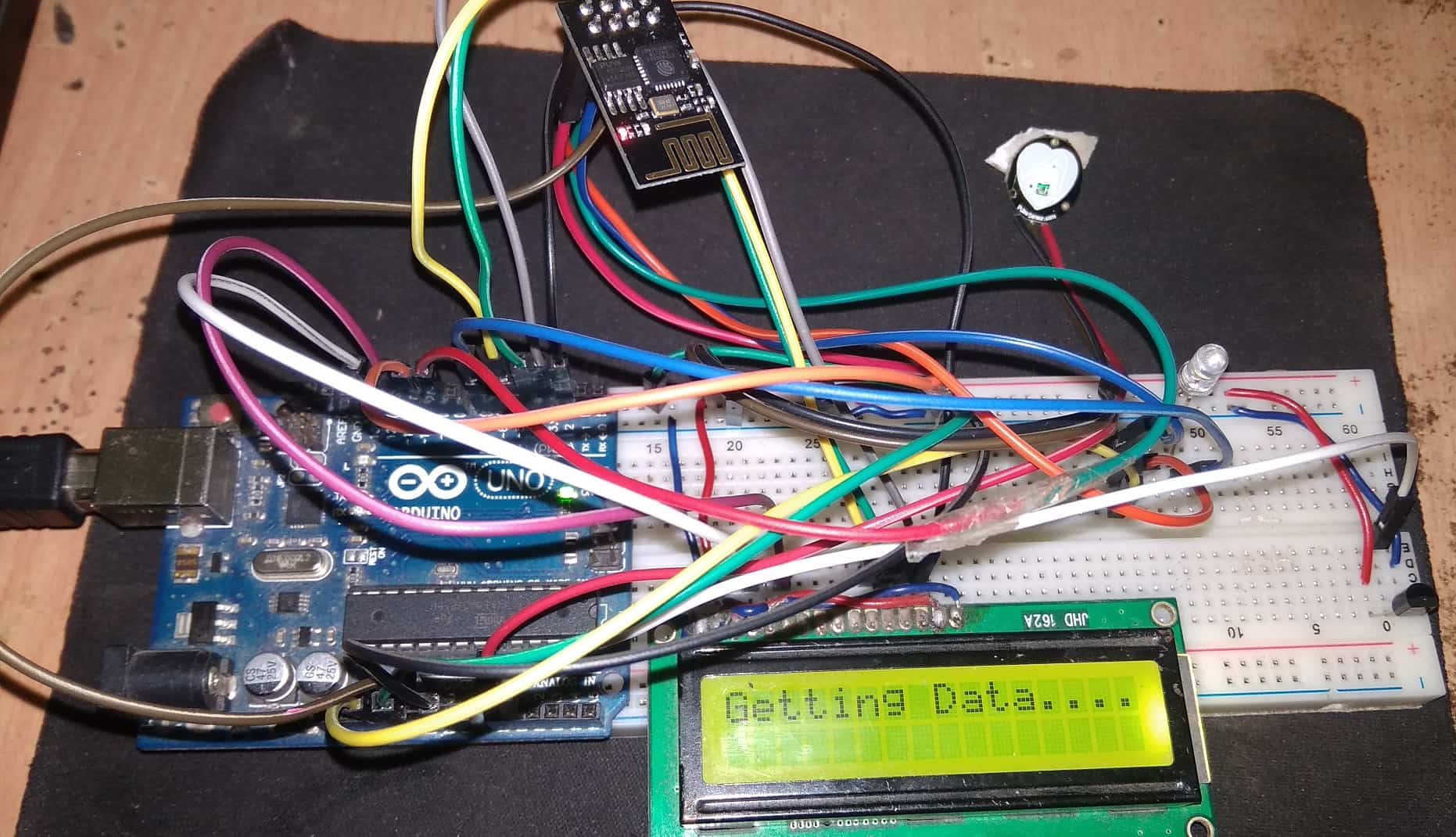
In rural and underserved regions, limited access to medical facilities delays early detection of critical health conditions like cardiovascular diseases, respiratory issues, and hypoxia. This leads to preventable complications, hospitalizations, and even fatalities.